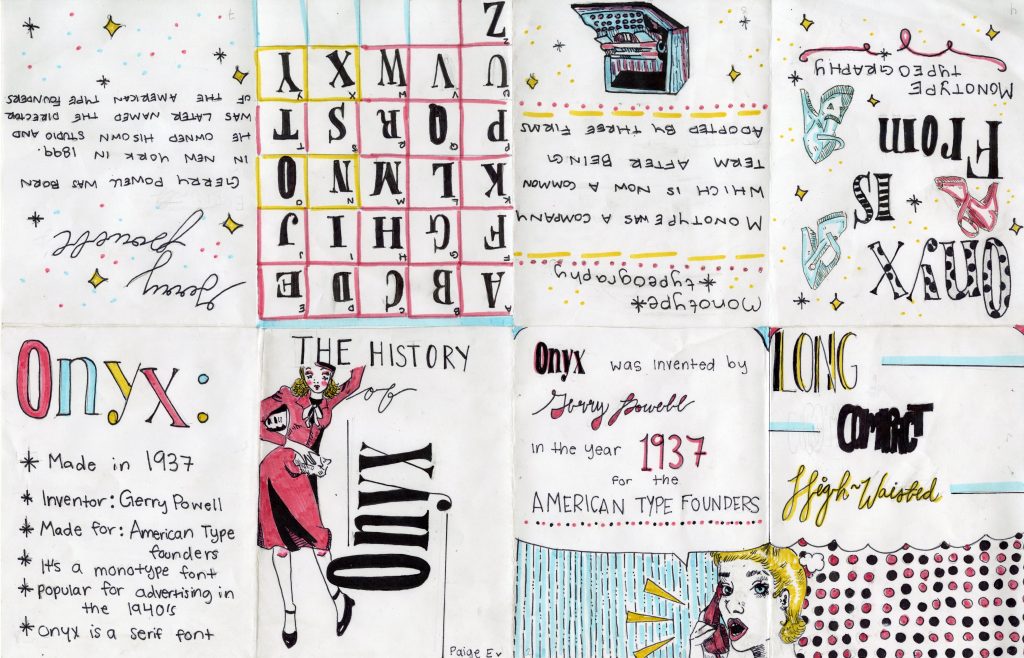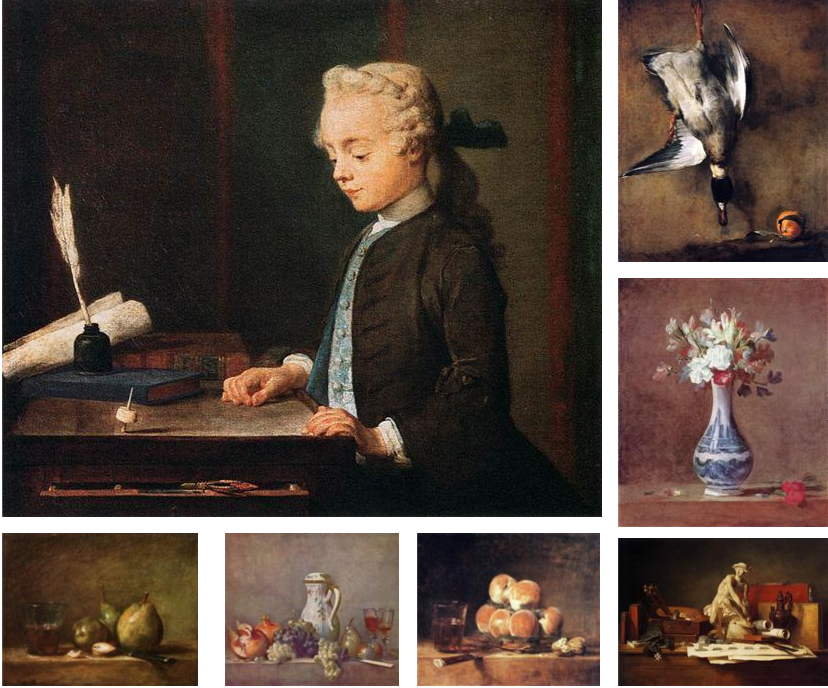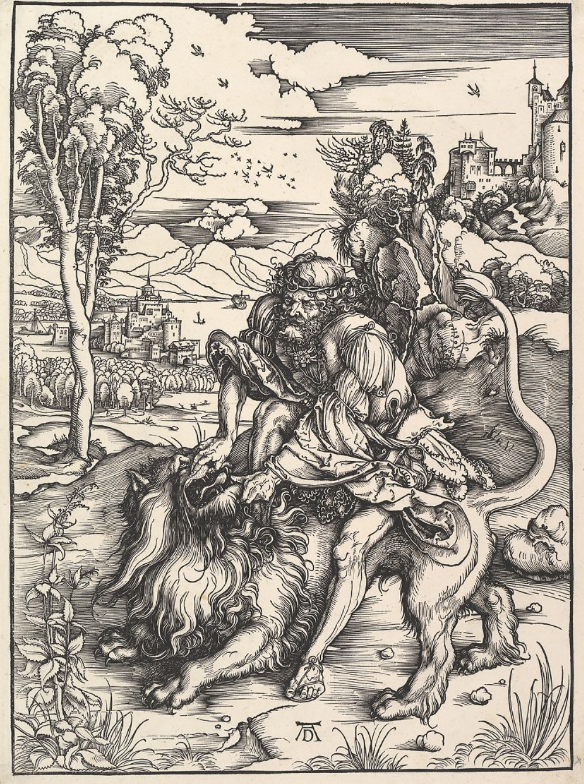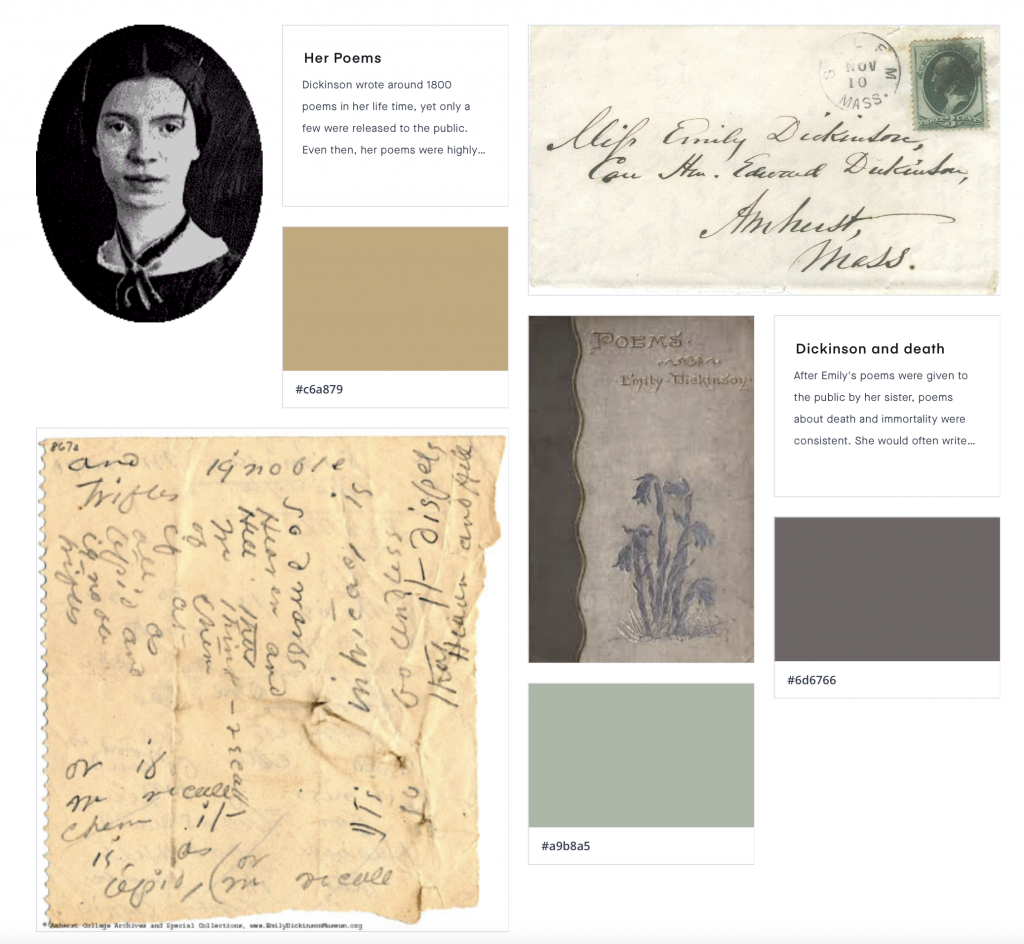
The Arts and Crafts movement arose during the late Victorian period in England, the most industrialized country at that time. Worries about industrial life drove a positive revaluation of the handcraftsmanship of culture and society. Arts and Crafts designers explored to improve standards of decorative design, thought to have been corrupted by mechanization, and to create environments where beautiful workmanship was managed. The Arts and Crafts movement did not support a particular style, but it did push for reform as part of its belief. It also prompted a critique of industrial labor; as modern machines replaced workers, Arts and Crafts enthusiasts called for an end to the division of labor and furthered the designer as a craftsman.
The American Arts and Crafts movement was undeniably connected to the British movement and closely followed the work of William Morris. Through writing, and societies that sponsored lectures and programs, the work of the Arts and Crafts movement spread. The U.S. movement was multicentered, with these arts and crafts societies forming nationwide. Boston was the first city to highlight a Society of Arts and Crafts, founded in June 1897. Chicago’s Arts and Crafts Society started at Hull House, one of the first American townhouses for social change, in October 1897. Numerous societies followed in cities like Minneapolis, New York, Deerfield, and Massachusetts.

In urban centers, socialist methods were undertaken on a community level, often by educating young women. Ideas of craftwork and simplicity demonstrated themselves in their decorative work, including the pottery and metalwork of the Arts and Crafts movement. Schools and practice programs taught quality design, the base of the Arts and Crafts movement philosophy. Personally, I definitely agree with the arts and crafts movement ideals. Good quality designs and socialist movement? Count me in. I really appreciate nice fabrics and furniture so I understand and appreciate the movements ideas.
SOURCES:
https://www.metmuseum.org/toah/hd/acam/hd_acam.htm
https://www.google.com/url?sa=i&url=https%3A%2F%2Fwww.pinterest.com%2FDavidJonTerry%2Farts-and-crafts-movement%2F&psig=AOvVaw2mQX_n9GK4mElBCBTC9ya2&ust=1635541708820000&source=images&cd=vfe&ved=0CAsQjRxqFwoTCODY_OaB7vMCFQAAAAAdAAAAABA4
https://www.google.com/url?sa=i&url=https%3A%2F%2Fwww.pinterest.com%2Fsassynancy%2Farts-and-crafts-movement%2F&psig=AOvVaw2mQX_n9GK4mElBCBTC9ya2&ust=1635541708820000&source=images&cd=vfe&ved=0CAsQjRxqFwoTCODY_OaB7vMCFQAAAAAdAAAAABBD
https://www.google.com/url?sa=i&url=https%3A%2F%2Fwww.alamy.com%2Fenglish-a-wild-danish-forest-draw-in-sknvirke-style-danish-arts-crafts-movement-similar-to-art-nouveau-1898-anonymus-131-dansk-skov-image188966165.html&psig=AOvVaw2mQX_n9GK4mElBCBTC9ya2&ust=1635541708820000&source=images&cd=vfe&ved=0CAsQjRxqFwoTCODY_OaB7vMCFQAAAAAdAAAAABBO
https://www.google.com/url?sa=i&url=https%3A%2F%2Fmymodernmet.com%2Farts-and-crafts-movement-william-morris%2F&psig=AOvVaw2mQX_n9GK4mElBCBTC9ya2&ust=1635541708820000&source=images&cd=vfe&ved=0CAsQjRxqFwoTCODY_OaB7vMCFQAAAAAdAAAAABBU








